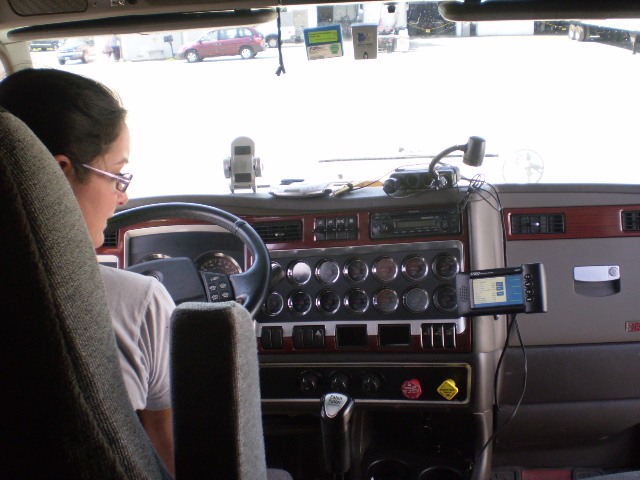It’s here. Government agencies have been talking about an electronic log mandate since 1999. Electronic logs have been allowed since 1988. It’s not new – but is it a big deal?
Let’s break down the 516 page “pre-publication” rule released this week.
Does your fleet have electronic logs that meet the AOBRD specs as defined in 1988’s CFR 49 Section 395.15? Your deadline is December 17, 2019. This is on a truck by truck basis. If your fleet is partially equipped, those same trucks have a 4 year deadline.
If you do not have AOBRDs, your deadline is December 17, 2017. This includes GPS only devices, phone-only or tablet-only devices. An AOBRD is required to be integral to the vehicle. This has been defined throughout the years through enforcement actions and interpretations as; attached to the vehicle, powered from the vehicle, and obtaining odometer from the vehicle. GPS-based distance measurement is not allowed.
Who needs to move to an ELD? All drivers who must complete paper logs today must move to ELDs. However, there are a few exceptions.
Exception 1; Part time drivers. If a driver drives no more than 8 days in any 30 day period, he/she can continue to use paper logs.
Exception 2; Driveaway and towaway operations. If your job is to deliver other’s vehicles, you do not need an ELD. It is assumed that it’s not feasible to install an ELD in these vehicles. Examples are dealer deliveries, and third parties that move equipment for others.
Exception 3; Local drivers who operate in the 100 air mile radius are not required to do logs today – and they are not required to move to ELDs. In lieu of a log, these drivers may optionally use timecards to document time.
Exception 4; Vehicles manufactured prior to 2000. Even though it’s possible to connect an ELD to any vehicle – the FMCSA decided to grant an exception to drivers of vehicles manufactured 1999 and older. The reason, it can be difficult and more expensive to install an ELD on these older vehicles. Some of these older vehicles require sensor installations. Many of today’s less expensive ELDs cannot read anything other than a Electronic Control Module data stream (J1708, J1939, CAN, or OBDII).
Support documents are required.
ELDs are a new method of record-keeping, and with that comes a new supporting documentation requirement.
Support documents are used to verify ELD records. If an ELD is defeated or disconnected, or if a driver simply drives without logging on – supporting documents create an audit trail.
Requirements for Support Documents must include;
- Required information; driver, date, location, and date/time.
- Bills of Lading; Itineraries, schedules, documents including origin(s) and destination(s).
- Dispatch or trip recordsText messages, emails, instant messages, or any electronic communications through a fleet management system
- Driver payment record
Fleets may maintain up to 8 Supporting Documents for each 24 hour period.
If a carrier has more than 8 documents to choose from, must maintain those nearest to the beginning and end of the tour of duty. Drivers are required to submit Supporting Documents within 13 days. These documents must be presented to law enforcement upon request, and maintained in a manner where they are easily matched to logs.
Roadside Inspections. Logs can be transmitted electronically using a wirless web service, local BlueTooth, or USB. Or, drivers can show the device itself with a graph/grid display, or a log printout.
Log edits are now a two-step process. Either the driver initiates an edit and the office approves, or vice-versa. Edits cannot overwrite the original record.
In the event of an ELD malfunction, fleets have 8 days to correct the problem. The driver is required to begin paper logs, and to be able to show the previous 7 days’ logs – paper, or electronic.
Personal Conveyance. If a driver uses a truck for personal conveyance in accordance with existing regulations, it is to be recorded as Off Duty.
Yard moves. All CMV work in a closed facility with restricted access is to be recorded as On Duty Not Driving.
Harassment. Carriers, shippers, and consignees are prohibited from pressuring drivers to violate regulations. Drivers must be able to mute volume so that messages or alerts from the ELD will not disturb rest. Locations as reported to law enforcement requires a precision of 1 mile during On Duty periods, and 10 miles during Off Duty periods. Locations are updated every 60 minutes or at every change of duty status. Fleets may use more precise locations for their internal uses.
Certification. The FMCSA will create a public web registry of compliant devices.

